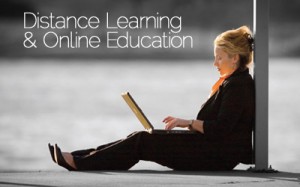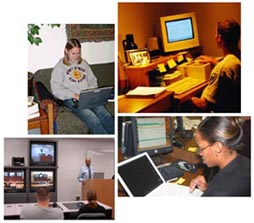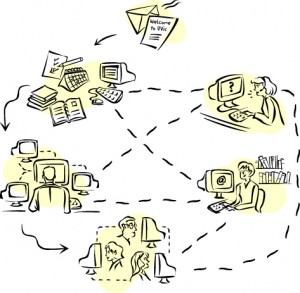Distance Learning Systems™ expands online offerings with 16 new courses powered by McGraw Hill’s Connect® platform to improve the online student’s overall learning experience while enhancing instructor course management and strengthening the company’s online education product.
Distance Learning Systems™ is excited to announce the launch of new course offerings made available through a partnership with McGraw Hill and powered by McGraw Hill’s Connect and ALEKS digital learning platforms. Distance Learning Systems™ joins the 5,000 plus higher education institutions and 13,000 K-12 school districts that utilize McGraw Hill Connect and ALEKS across all 50 states. Distance Learning Systems™ courses with McGraw Hill integration deliver an adaptive, personalized learning experience that is efficient, effective, and customized to each student’s needs.
McGraw Hill Connect is a complete course platform that offers state-of-the-art features for students:
- Stay engaged! Innovative learning experiences engage adult learners through multimedia resources, such as videos, simulations, and interactive exercises, to enhance understanding and retention of course material.
- Learn faster! Instant feedback on assignments and assessments. Adult learners receive immediate insights into their performance, allowing them to identify areas of strength and weakness and make necessary adjustments to their study strategies.
- Save time! Students can move at their own pace through eight content modules plus a final exam. Students can finish a course in half the time of a traditional class!
- Use what you know! SmartBook®, embedded within Connect, offers an adaptive reading experience that allows students to move between reading, non-graded questions, and chunks of content to cater their experience to the concepts they need to learn.
- Save money! Virtual Labs in the Connect platform allow lab courses to function completely online with no lab kit required, saving students money.
Distance Learning Systems™ is also proud to announce the use of McGraw Hill ALEKS for College Mathematics and College Algebra courses. ALEKS is an artificial intelligence-powered learning platform for math and chemistry courses that provides personalized, equitable support for learners. Constantly adapting to each student’s knowledge state, ALEKS guides students through learning in a seamless path while providing detailed data and feedback.
Beginning in September 2023, Distance Learning will offer 16 courses through McGraw Hill Connect and two courses through McGraw Hill ALEKS. Over the next year, the online education provider will be working to get 16 additional courses on McGraw Hill Connect and ALEKS.
About Distance Learning Systems™
Distance Learning Systems™ was founded in 1999. It originally focused on educational publishing, specializing in preparing individuals to pass nationally standardized proficiency exams. In 2007 the company expanded to an online learning platform to provide innovative, customized educational solutions and programs.
Distance Learning Systems™ (DLSII™) currently serves over 10,000 students nationwide with customizable, structured, instructor–led online classes. Students will rapidly complete multiple courses for college credit recognized by the American Council on Education’s College Credit Recommendation Service (ACE CREDIT®). An additional 2,000 U.S. institutions of higher learning also recognize and accept ACE CREDIT®.
Distance Learning Systems™ has helped over 20,000 individuals pursue higher education degrees across the United States. It is recognized as one of the country’s leading providers of online learning. The organization offers customized educational solutions and courses that provide transferable college credits to thousands of U.S. and international institutions.
Distance Learning Systems™ also offers online professional certificate courses for career skills training and advancement.
Written By: Dave Christy

 Educational institutions usually charge a set fee of tuition per credit hour for on-campus classes that a college student is registered. Costs per credit continue to keep accrue until students reach what the college considers full-time status. At this time, extra credits do not accrue more costs until students reach an overtime status, after which some colleges add additional per-credit or tuition charges.
Educational institutions usually charge a set fee of tuition per credit hour for on-campus classes that a college student is registered. Costs per credit continue to keep accrue until students reach what the college considers full-time status. At this time, extra credits do not accrue more costs until students reach an overtime status, after which some colleges add additional per-credit or tuition charges.



